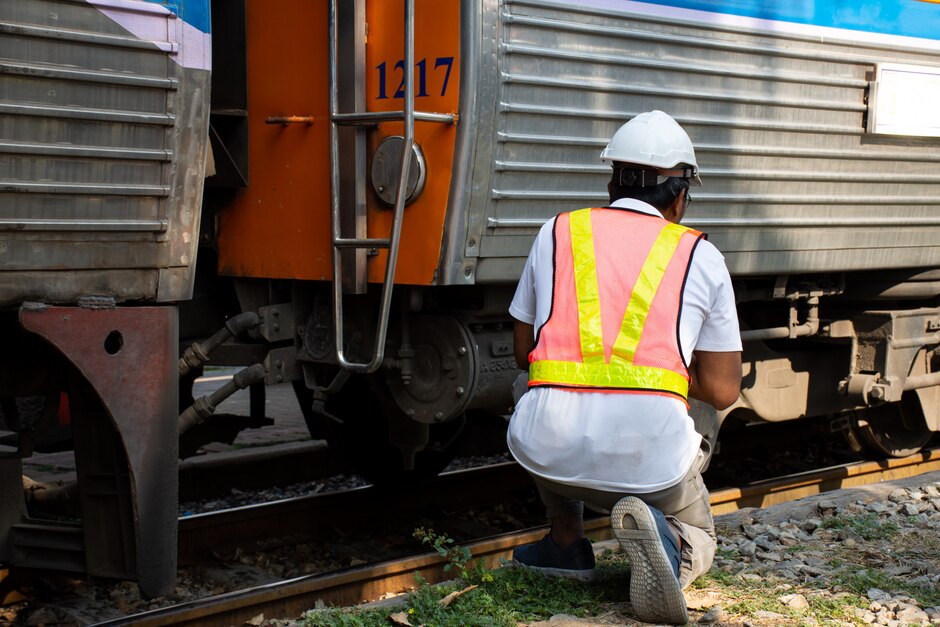Railcars play a crucial role in transporting goods efficiently and safely across vast distances. To maintain their optimal performance and ensure the safety of both cargo and personnel, regular cleaning and inspection of railcars are essential.
In this blog post, we will provide a comprehensive guide on how railcars get cleaned and inspected, highlighting the key steps and considerations involved in the process of railcar inspection services.
The Key Steps for Railcar Inspection:
Keeping railcars clean is essential. When products are shipped by rail, several shippers share the same equipment.
Hence, railcar cleanliness is important for both privately owned and leased equipment because it minimizes safety concerns and helps keep the product safe, too.
Preparing for the Inspection:
Before diving into the cleaning and railcar inspection services process, it is crucial to ensure proper preparation. Moreover, gather the necessary equipment such as safety gear (gloves, goggles, and masks), cleaning supplies, and inspection tools.
Additionally, review the railcar manufacturer’s guidelines and any specific inspection requirements from regulatory bodies.
Exterior Cleaning and Inspection:
Begin the process by thoroughly cleaning the exterior of the railcar. Use appropriate detergents and tools to remove dirt, debris, and any visible contaminants. Hence, pay particular attention to areas prone to buildup, such as undercarriages, handrails, and ladders.
Inspect the exterior surfaces for signs of corrosion, dents, or structural damage. Check the integrity of the handrails and ladders, ensuring they are securely fastened.
Interior Cleaning and Inspection:
Moving to the interior, start by removing any loose cargo residue or debris. Use appropriate cleaning agents to sanitize and disinfect the surfaces, particularly in areas where food-grade or hazardous materials have been transported.
Inspect the walls, floors, and ceilings for signs of damage, including leaks, cracks, or unusual wear. Similarly, pay close attention to the integrity of fittings, valves, and hatches, ensuring they are tightly sealed.
Mechanical Components Inspection:
The mechanical components of a railcar are critical for its safe operation. Inspect the wheels, axles, and bearings for signs of wear or damage. Additionally, check the brake systems, including brake shoes, brake pads, and brake rigging, ensuring they are in good working condition.
Inspect the couplers and drawbars, confirming their proper alignment and functionality. Finally, examine the suspension system, looking for any signs of misalignment or damage.
Documentation and Maintenance:
Throughout the cleaning and inspection process, maintain detailed records of any findings, repairs, or maintenance performed. This documentation will help track the railcar’s condition, aid in compliance with regulatory requirements, and serve as a reference for future inspections.
Schedule regular maintenance activities based on the manufacturer’s recommendations and industry standards to ensure the railcar’s continued safe and efficient operation.
Railcar Inspection Checklist:
Exterior Cleaning and Inspection:
- Remove loose debris, dirt, and contaminants from the exterior surfaces of the railcar.
- Pay special attention to undercarriages, handrails, and ladders, ensuring they are free from buildup.
- Inspect the exterior surfaces for signs of corrosion, dents, or structural damage.
- Check the integrity of handrails and ladders, ensuring they are securely fastened.
Interior Cleaning and Inspection:
- Remove loose cargo residue and debris from the interior of the railcar.
- Use appropriate cleaning agents to sanitize and disinfect the interior surfaces.
- Pay particular attention to areas where food-grade or hazardous materials have been transported.
- Inspect the walls, floors, and ceilings for signs of damage, including leaks, cracks, or unusual wear.
- Check the integrity of fittings, valves, and hatches, ensuring they are tightly sealed.
Mechanical Components Inspection:
- Inspect the wheels, axles, and bearings for signs of wear or damage.
- Check the brake systems, including brake shoes, brake pads, and brake rigging, for proper functionality.
- Inspect the couplers and drawbars, ensuring their alignment and functionality.
- Examine the suspension system, looking for signs of misalignment or damage.
Documentation and Maintenance:
- Maintain detailed records of findings, repairs, and maintenance performed during the cleaning and inspection process.
- Schedule regular maintenance activities based on manufacturer recommendations and industry standards.
- Keep track of compliance with regulatory requirements.
- Use the documentation as a reference for future inspections and to track the railcar’s condition.






